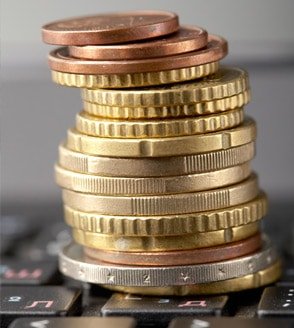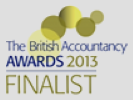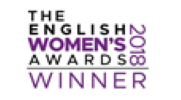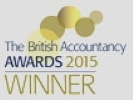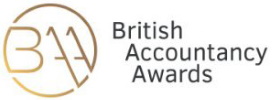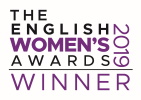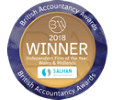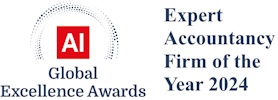One of the Chancellor’s more significant announcements for small businesses at the Autumn Statement in November was a change to the VAT Flat Rate Scheme.
Businesses usually calculate their VAT payments to HM Revenue & Customs (HMRC) by adding up the amount of VAT owed on their sales before subtracting from this the VAT they have already paid on goods – but not services – they have purchased.
The VAT Flat Rate Scheme is designed to simplify this process, allowing small businesses to pay a pre-determined percentage of each sale to HMRC, without having to calculate the VAT they have paid on goods purchased. The percentage paid varies by sector and ranges from four per cent to 14.5 per cent.
From April this year, businesses that spend less than two per cent of their sales on goods in an accounting period will be designated as ‘limited cost traders’ and will have to make VAT payments at a rate of 16.5 per cent to HMRC, if they use the VAT Flat Rate Scheme.
Businesses that spend less than £1,000 a year on goods will also be designated as limited cost traders.
The move means that businesses designated as limited cost traders will need to assess whether they would be better off continuing to use the VAT Flat Rate Scheme or withdrawing from it and calculating their VAT payments in the usual way instead.
For professional advice on this and all VAT matters please contact the award winning team at Salhan Accountants.


